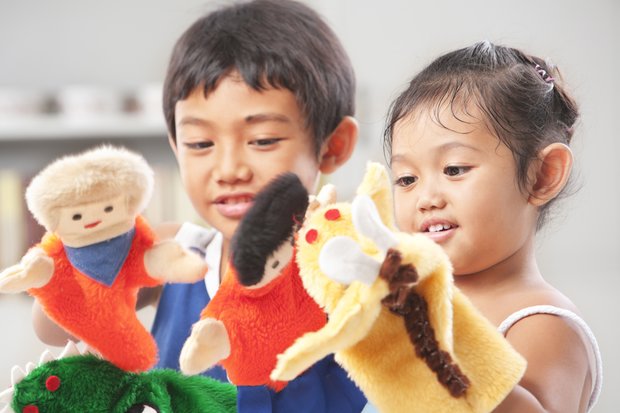Features of a good foreign language lesson
Add to My Folder
Original article published 12 January 2015
Explore more ideas for teaching foreign languages in Early Years and try a ‘jungle animals’ lesson.

Planning the lesson
Whether you have a sound knowledge of the target language or are new to foreign languages yourself, you need to have a firm grasp of what you are going to teach. Before beginning the lesson, have a clear plan of the language features you will demonstrate as well as the games and songs you will use to practice new vocabulary.
Introducing new vocabulary
As a teacher you need to capture the children’s interest in the subject matter to get the lesson going successfully. As you introduce new vocabulary use clear examples to ensure the children understand the meaning of the new language. Pictures, objects, mime and role play are all good ways of introducing the target vocabulary.
Practice makes perfect
Once the lesson is in progress you need to step back and allow your group to practice the new language. An outstanding lesson will feature activities that allow the children to use the target vocabulary independently. Although whole class activities should play a fundamental part of your lessons, one-to-one work is also important. Quieter children will find speaking in front of the whole class quite daunting but will feel more comfortable practising the new language with their key worker.
Scholastic Resource Bank: Early Years - join today!
- Over 2,000 EYFS resources, activity ideas and games
- Perfect for anyone working or playing with children from 0 to 5 years old
- Unlimited access from just £1.25 per month
Already a member? Sign in below.
Published 12 August 2019
Reviews
You need to be signed in to place a review.